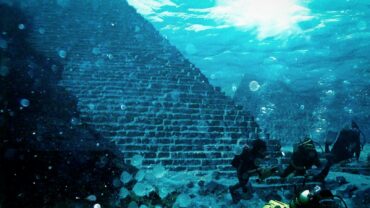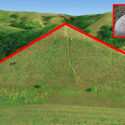The Mysterious Ancient Astronauts Of Japan
Numerous mysteries remain unsolved on our planet, particularly those dating back to antiquity; one of the most interesting examples is the Dogu, Japan’s ancient astronauts.
AP Kazantsev discovered a collection of strange-looking statuettes in Japan’s Honshu island’s Tohoku region.
Around 7,000 B.C., the Jmon people produced these intriguing figures. The sculptures’ look immediately attracted notice; they resembled a humanoid dressed in enormous suits similar to those used by today’s astronauts.
What do these Dogu figurines represent?

According to archaeologists following the traditional path of history, these sculptures represent female deities, the majority of whom are pregnant. As a consequence, their attire is very thick.
Experts think it depicts fertility deities, often referred to as mother goddesses.
However, due to its unique shape, especially the abnormally large eyes in proportion to the body, the strange glasses that cover them, and its mysterious attire, it has been speculated to depict extraterrestrial beings.
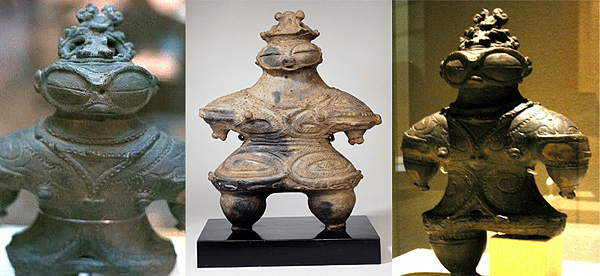
According to experts, the figures are part of the spacesuit design that these aliens wore when they arrived on Earth.
Vaughn Greene, a writer and thinker who is a major proponent of the concept of Japan’s ancient astronauts asserts that the buttons on the chests of the Dogu figures were put intentionally. Indeed, they are located in the exact location as the buttons on NASA astronauts’ spacesuits. On the other hand, traditional archaeologists reject this logic.
Ancient Gods?
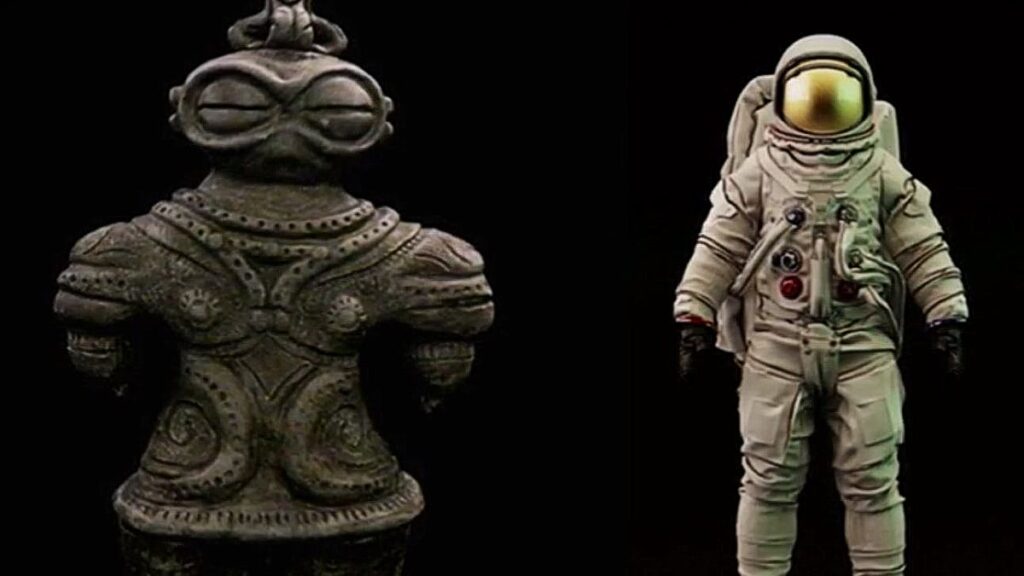
Dogu statues are believed to be disease receivers as well as fertility goddesses. The Jmon hoped that a family member or friend would be well enough to accompany it to the monument.
If this is true, then these objects are a kind of shamanic medicine that they used to heal via magic.
Figures with missing body parts have been found, leading to the idea that they were removed deliberately in order for the illness to disappear. It resembles a voodoo doll but in reverse.
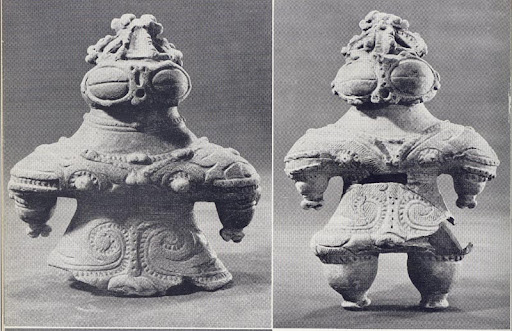
Rafael Abad, a professor of East Asian Studies at the University of Seville and an expert on Japanese history and archaeology, wrote in his article Dogu, the anthropomorphic representation in Japan, Jon, that the Dogu, along with ceramics from the same period, is one of the most visually appealing material elements in prehistoric Japan due to its eminently visual character.
Their resemblances have also led to the creation of owl or mountain-shaped imagery that have been included in archaeological language at different points throughout history. It’s worth mentioning that the Dogu figurines are unlike anything seen in Japanese archaeology before. No previous samples have affected the Jmon, indicating that it is something unique to them.
What were these statuettes exactly? Simple sculptures, medicinal objects, or animals clothed in never-before-seen clothing in this culture? Even though mainstream archaeology continues to reject the concept of ancient astronauts, the debate persists to this day.

